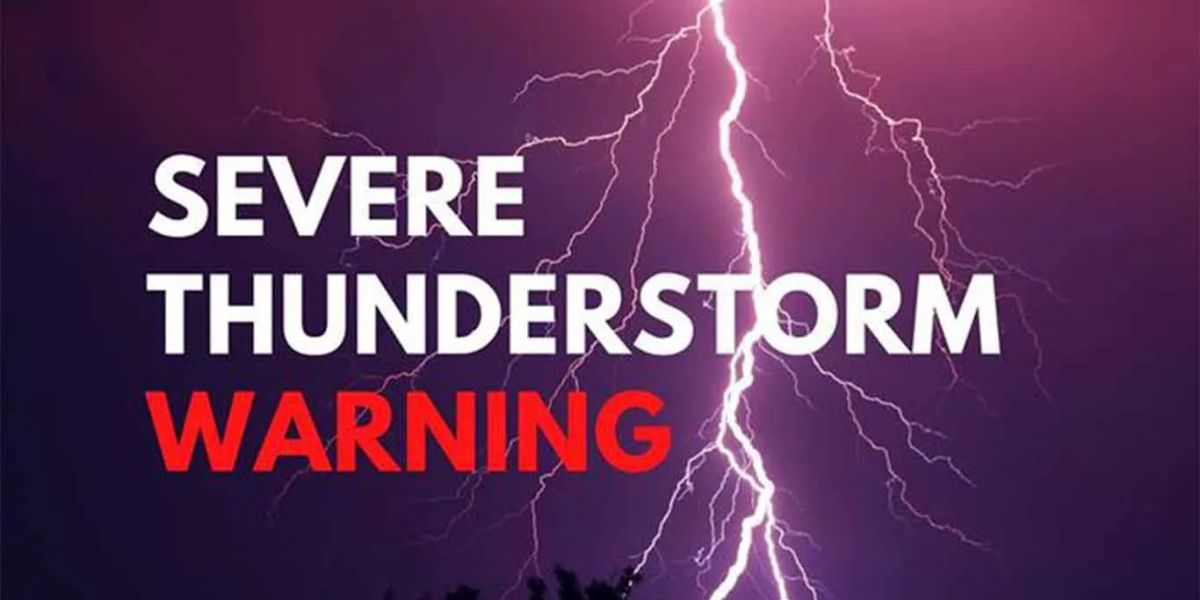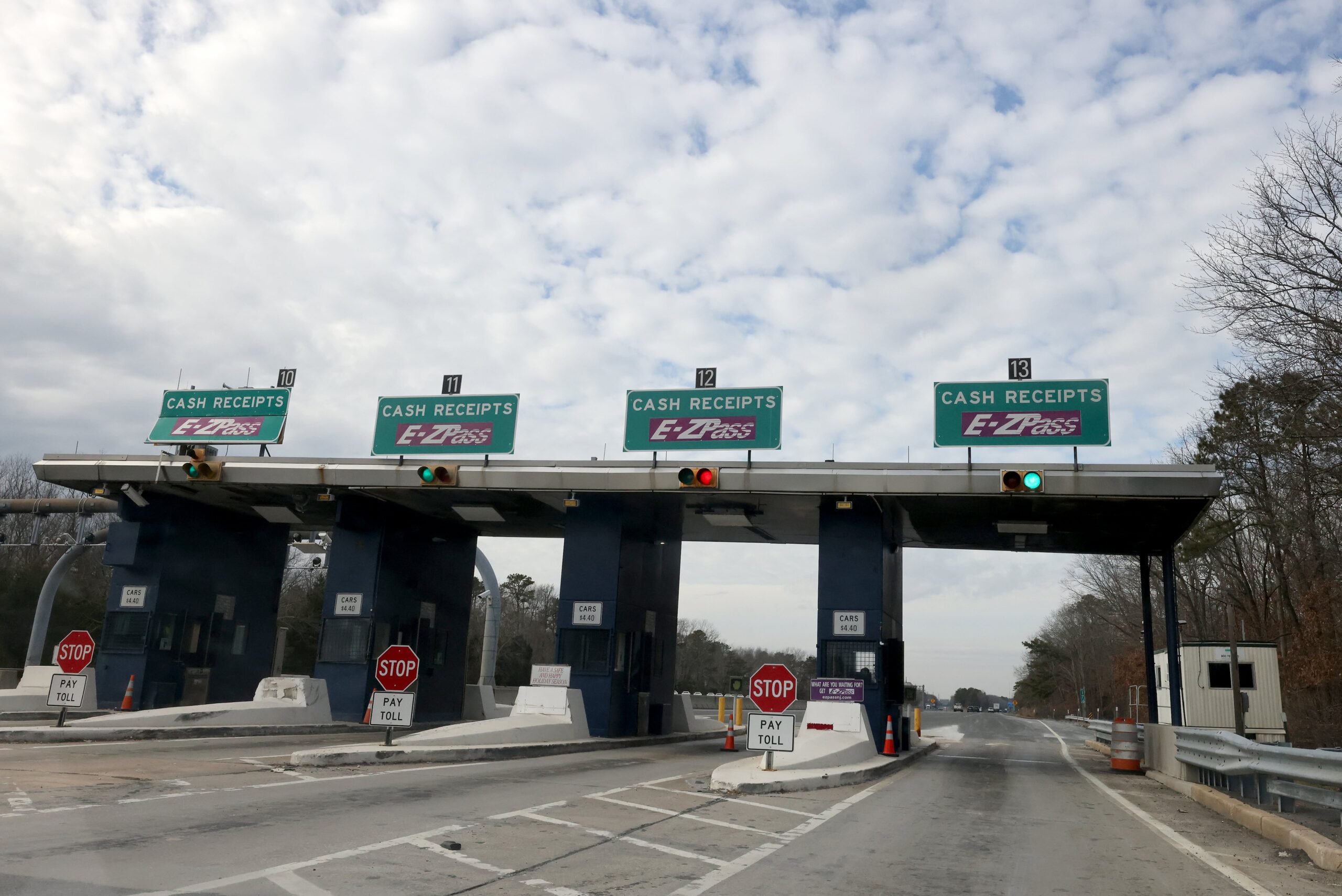Charleston, SC – The National Weather Service (NWS) in Charleston issued an updated weather alert at 6:04 p.m. on Tuesday, warning of strong thunderstorms moving through Allendale and Hampton counties. The advisory remains in effect until 7 p.m., urging residents in the affected regions to take caution.
According to the NWS, Doppler radar detected a strong thunderstorm over Estill, tracking southwest at approximately 15 miles per hour. The storm is expected to bring wind gusts of up to 50 mph, which could cause minor damage such as downed tree limbs and blown-around unsecured outdoor objects.
Areas Impacted Include:
- Estill
- Hiltonia
- Gifford
- Furman
- Scotia
- Luray
- Burtons Ferry Landing
- Shirley
- Lena
- Hilltonia
“Gusty winds could knock down tree limbs and blow around unsecured objects,” stated the National Weather Service in its advisory.
Staying Informed and Safe
Residents are advised to monitor conditions closely and seek shelter indoors if thunder or lightning are observed. The NWS emphasizes the importance of remaining alert:
“Stay tuned to NOAA Weather Radio All Hazards, TV or your local news source for the latest information from the National Weather Service.”
Lightning Safety Tips: What to Do During a Thunderstorm
Each year, approximately 25 million lightning strikes occur across the United States, primarily during the summer months. On average, lightning causes about 20 deaths annually, according to the NWS. The risk of being struck by lightning increases as a thunderstorm nears, peaks while overhead, and decreases as the storm passes.
If You’re Outdoors:
- Have a plan before heading out. Know where the nearest safe shelter is.
- Head indoors if the sky looks threatening or if you hear thunder.
- Once inside, avoid touching corded phones, plumbing, electrical appliances, windows, and doors.
- Wait at least 30 minutes after the last thunder before going back outside.
If Shelter Isn’t Available:
- Avoid open fields, hilltops, or ridgelines.
- Stay away from isolated tall trees or elevated objects. If you’re in a forest, shelter near shorter trees grouped together.
- In groups, spread out to prevent lightning from jumping between people.
- If camping, choose a low-lying area like a valley or ravine—tents offer no lightning protection.
- Steer clear of water, wet objects, and metal equipment—they don’t attract lightning, but conduct electricity well.








